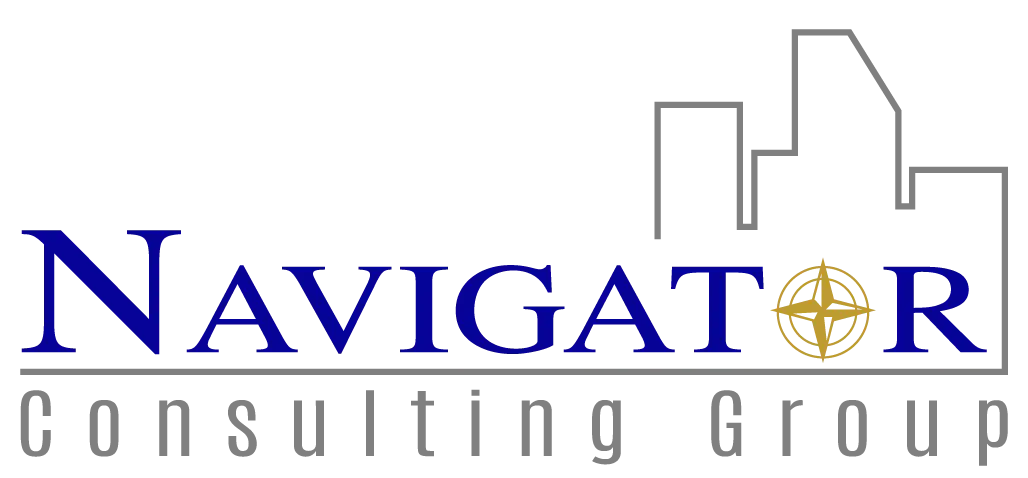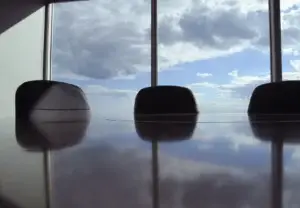Best Office Design for Productivity
Did you know your Long Island office space is a ‘factory of minds?’ Yes, it is. It is where knowledge workers labor to create abstract products, i.e., financial plans, audits, legal opinions, actuarial reports, etc. But, unlike an assembly line, a knowledge worker’s productivity is difficult to measure. One of the reasons for this difficulty is an underlying economic bias. This bias is based on the fact that since the cost of housing an employee is only a fraction of the employee’s wages and benefits, corporate attention is applied to more tangible ROI efforts.
Lacking metrics on how to make their office environment more productive, most executives neglect this topic. As a result, they defer workplace investment, causing their office suite to become progressively inefficient and technologically obsolete. Sound familiar?
Moving to a ‘new’ office space or redesigning your existing office suite offers a unique opportunity to ‘reset’ workplace functionality and efficiencies. Accordingly, when planning your new office space, you can enhance profitability by focusing on how your suite is designed, the choice of furniture, and finishing materials.
We suggest considering the following:
Spatial Comfort
The placement and size of personal workspaces must align with your company’s organizational culture. Each private office, workstation, and support area must reflect the specific job functions, i.e., appropriately sized work surfaces, storage space, etc. Not all employees have the same responsibilities, and not all require the same type and size of the personal workspace. When in doubt, make it ‘roomier.’
Privacy
Today’s interior design themes are intended to foster greater open office collaboration. Then again, you must balance collaboration with concentration by setting aside ‘quiet’ rooms and booths to manage productivity-killing interruptions and distractions.
Acoustics
‘Collaborative’ furniture systems only work when ambient noise is effectively managed. We suggest installing high-grade acoustic ceiling tiles and sound masking systems while limiting hard floor areas.
Air Quality
As the walls separating employees make way for open office collaboration, employee density increases. Unfortunately, most mechanical systems (HVAC) are designed for 1 employee per 150 square feet. Reducing this ratio jeopardizes airflow and diminishes indoor air quality (IAQ). If you add more staff, check if the HVAC system’s capacity will correspond to the intended employee density.
Lighting
Rather than flooding a bullpen with conventional ceiling LED lighting fixtures, it is more energy efficient and practical to install pendant fixtures that deliver light directly onto the employee’s work surface. Also, to instill a greater sense of ‘openness,’ install vision panels in modular and hard wall partitioning, allowing natural light to filter throughout the suite.
Support Space
Conference and file rooms were yesterday’s support space, but today we have an array of quiet rooms, meeting rooms, lounge areas, and resource/information centers. Conference rooms with high-back chairs and enormous tables have yielded to multi-purpose rooms with ‘group furnishings.’
Technology
As more files are transmitted to the ‘cloud,’ IT rooms have shrunk, along with the need for expensive supplemental HVAC and fire suppression systems. Wireless devices, however, have yet to eliminate cables and related electrical wiring. Consequently, before the hard wall partitioning is installed, develop a furniture plan to locate outlets, switches, and panel boxes to be sure they align with the furniture and office equipment.
Final Thoughts
Workplace design plays a prominent role in your company’s productivity. After selecting an office building, take time to design your office suite because mistakes are long-term and ‘do-overs’ expensive.




